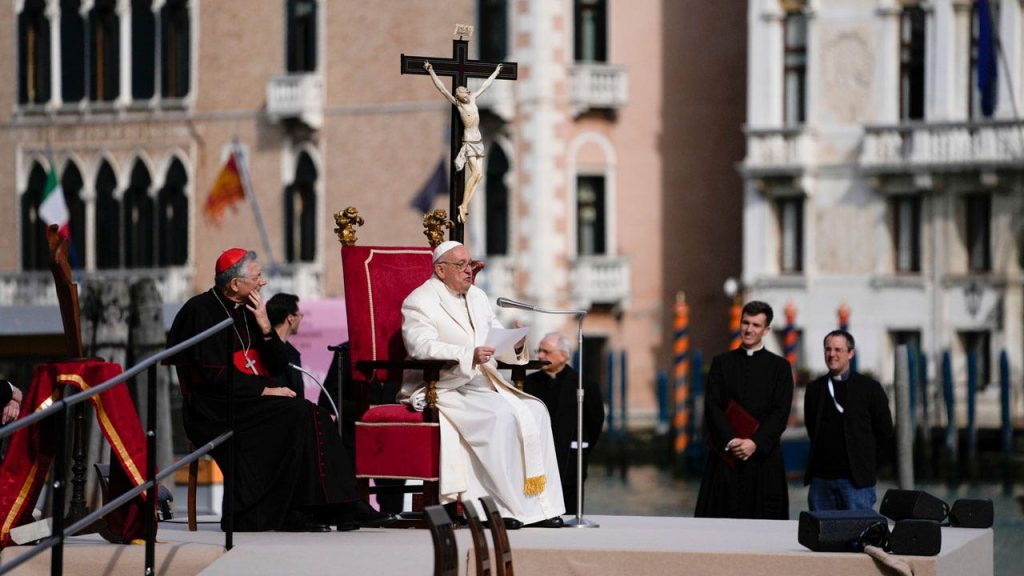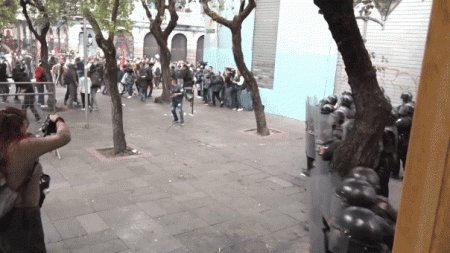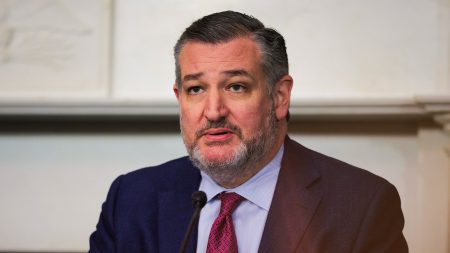Venice is a city of remarkable beauty and delicate fragility, where history, art, religion, and nature converge to create a unique gem of a place. Pope Francis’ recent visit to the city stood out amidst the usual cultural encounters, as he visited the Holy See’s pavilion at the Biennale contemporary art show, which was located in Venice’s women’s prison. The decision to collaborate with inmates added a deeper meaning to the project, highlighting Francis’ belief in the power of art to uplift society’s marginalized and offer hope and solidarity.
During his visit to the prison, Francis met with the women inmates individually, encouraging them to see their time behind bars as an opportunity for moral and material rebirth. He also met with Biennale artists in the prison chapel, emphasizing the theme of “Strangers Everywhere” and the importance of showing solidarity with marginalized groups. The Vatican exhibit at the Giudecca prison has become a popular attraction at this year’s Biennale, featuring works by the artists and inmates, as well as pieces by other notable figures in the art world.
Despite his health and mobility challenges, Francis successfully navigated Venice, arriving by helicopter, water taxi, and mini popemobile. He expressed admiration for Venice’s beauty and tradition as a place of cultural exchange but also warned about the city’s vulnerability to climate change and depopulation. The city has recently launched a pilot program to charge day-trippers in an effort to reduce overtourism and make Venice more livable for its residents.
The patriarch of Venice, Archbishop Francesco Moraglia, views the new tax program as a necessary step to preserve the city’s livability. He noted the significance of Francis’ visit as the first pope to attend the Biennale, highlighting the historical relationship between Venice and the papacy, which has at times been contentious. Despite past conflicts, Venice has a rich tradition of cultural exchange and encounter, making it a fitting place for Francis to emphasize fraternity and care for the environment.
The history of Venice as a place of encounter and exchange was echoed by Francis during Mass in St. Mark’s Square, where he emphasized the city’s role as a bridge between cultures. He called on Venice to be a sign of beauty and fraternity for all, starting with the most vulnerable in society. The visit marked a significant moment for Venice, which continues to grapple with the challenges of climate change, overtourism, and depopulation while preserving its unique cultural heritage. As a city that has historically navigated contrasts and complexities, Venice remains a symbol of resilience and unity in the face of adversity.













